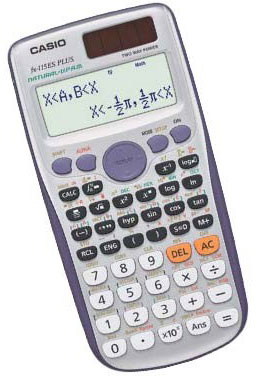Conquering the FE & PE Exams
By Ahmet Zeytinci, P.E., F-NSPE

Editors Note: With this edition of the NCS eNewsletter, we begin a new monthly feature which will focus on insights and tips for mastering the Fundamentals of Engineering (FE) and Professional Engineering (PE) Examinations. The NCS is pleased to have Dr. Z share his expertise on this important topic.
It is indeed a pleasure to be writing this monthly column for students and practicing engineers in the metro area interested in pursuing the FE and PE Exams.
The FE Exam is the first step in the arduous process leading to obtaining a P.E. license in a variety of disciplines. Both exams are administered by the National Council of Examiners for Engineering and Surveying (NCEES), a national nonprofit organization.
The FE Exam is designed for recent graduates and students who are close to finishing their undergraduate degrees in environmental, industrial, mechanical, electrical, civil, or chemical engineering. Starting January 2014, the FE Exam became a Computer-Based Test (CBT) administered all year-round. For detailed information regarding the FE and PE Exams, readers should refer to the official website of the NCEES at http://ncees.org.
The new Civil FE-CBT consists of 110 multiple-choice questions. Examinees will have 6 hours to complete the examination which includes a tutorial, a break, and a brief survey at its conclusion. The FE Exam uses both the International System of Units and the US Customary System. The Civil FE Exam covers many of the topics covered during an undergraduate curriculum in civil engineering, including mathematics; probability and statistics; computational tools; ethics and professional practice; engineering economics; statics and dynamics; mechanics of materials; fluid mechanics; hydraulics and hydrologic systems; structural analysis and design; geotechnical engineering; transportation engineering; environmental engineering; and construction and surveying. Those interested in the exam topics within their individual specialty fields, other than civil, can ascertain this information at the NCEES website address listed above.
Finally, the readers of this column will always find a hyperlink at the end. This link will take readers to a PDF document containing sample problems, solutions, short cuts, and time-tested strategies. The variables, nomenclature, and terminology will generally be similar to that used in the NCEES FE Reference Handbook (9th edition).
For this month’s sample problems and solutions, click HERE.

